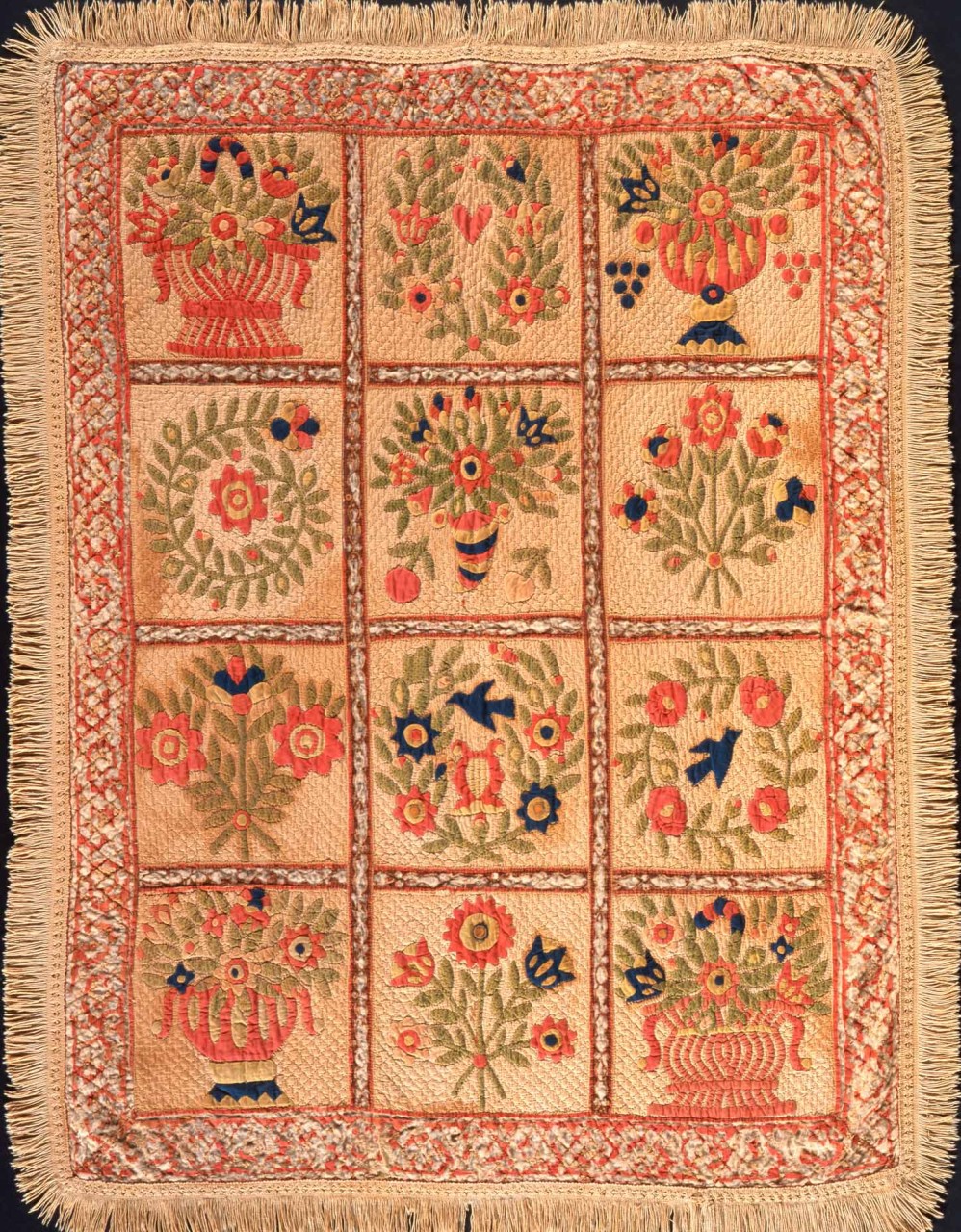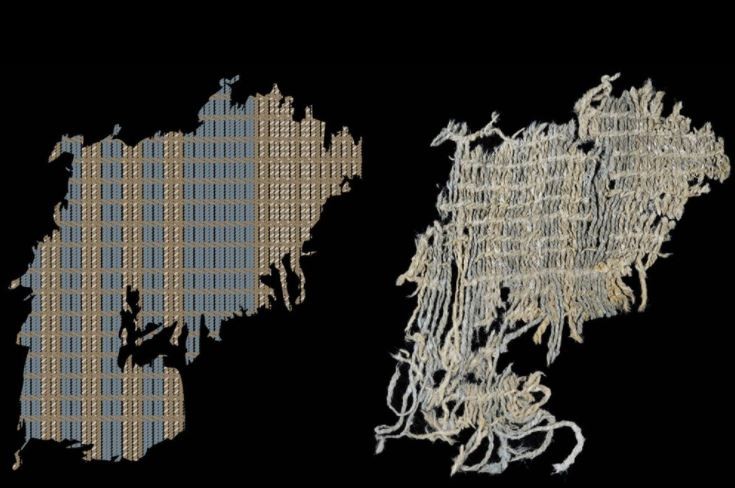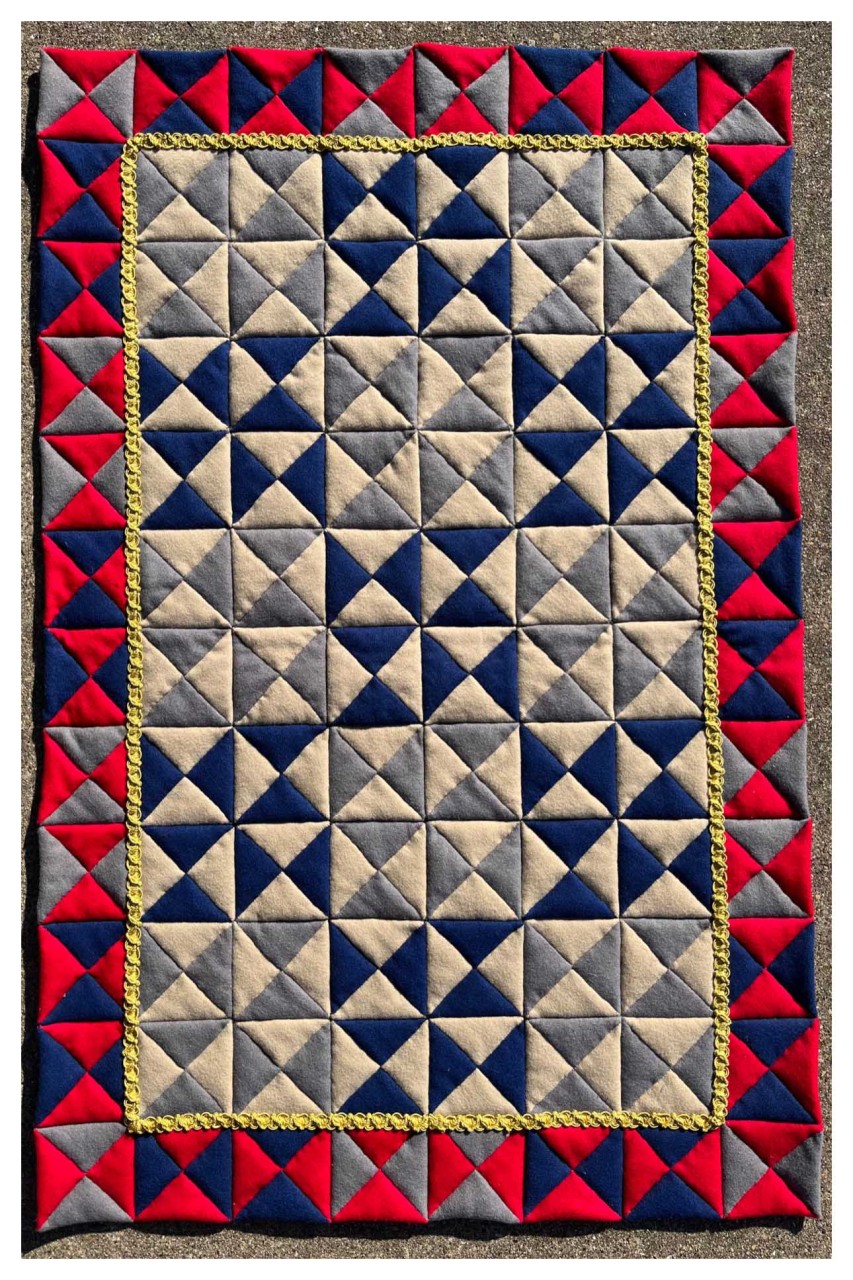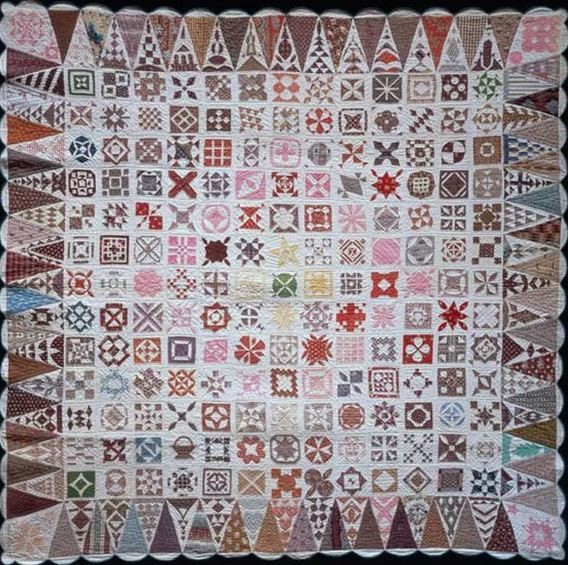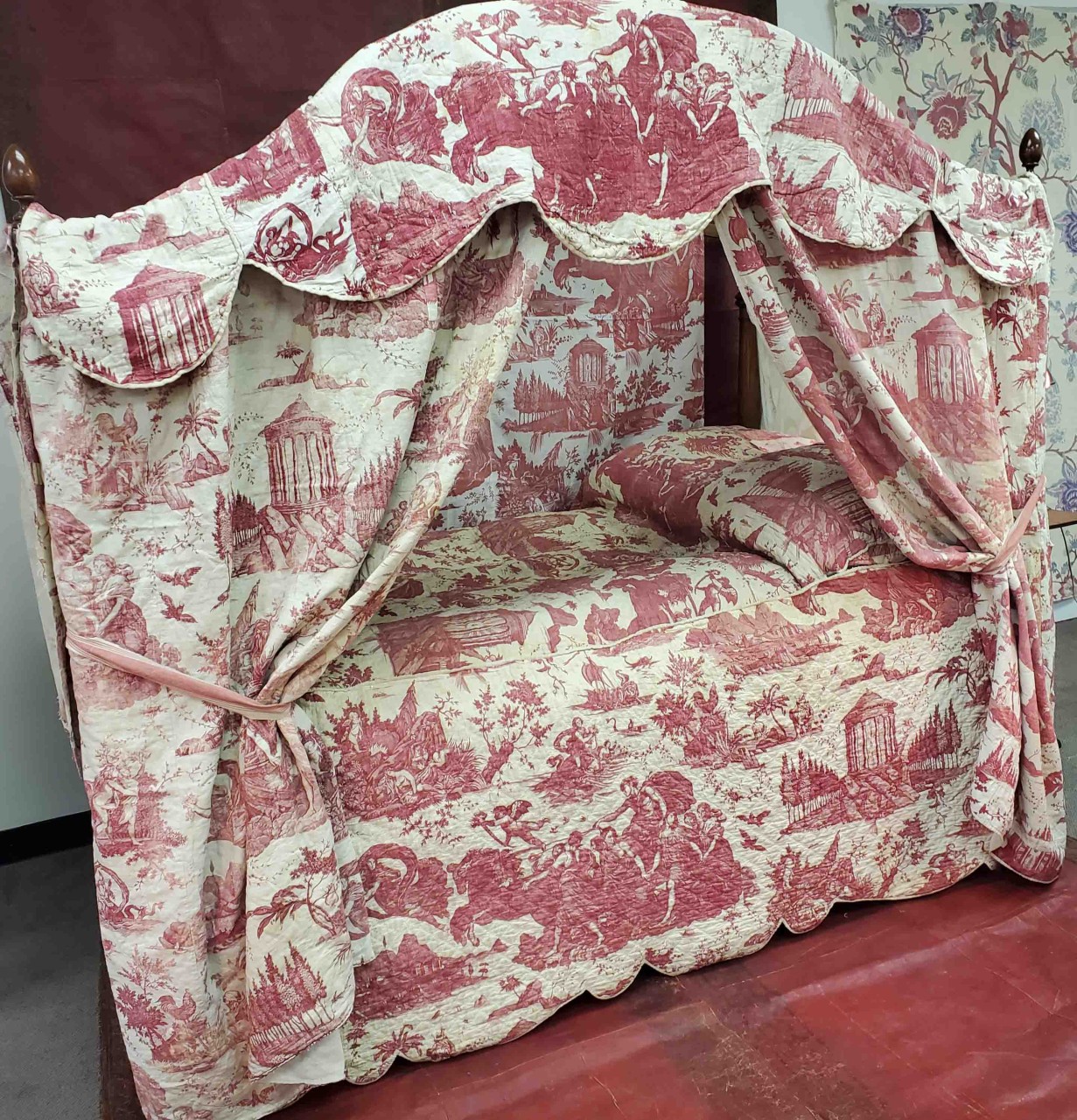
After more than 2 years because of Covid cancellations, the annual Zieber Quilt History Retreat was finally able to meet again. This year the theme was Viva La France, with guest speaker Sandy Sutton and her textiles. Besides being an avid textile and quilt collector, her son lives in the Alsace region of France, which means she has lots of opportunities to acquire the textiles there. We started the retreat with an examination of "Toile de Jouy" or cloth from Jouy-en-Josas a town/suburb SW of Paris. (Note, when purchasing the train ticket to visit, be sure you use the full name of the town. When Kay and I visited the site, I almost got arrested/thrown off the train because she’d accidently purchased my ticket incorrectly for Jouy. Thankfully the train conductor took pity on me when...


